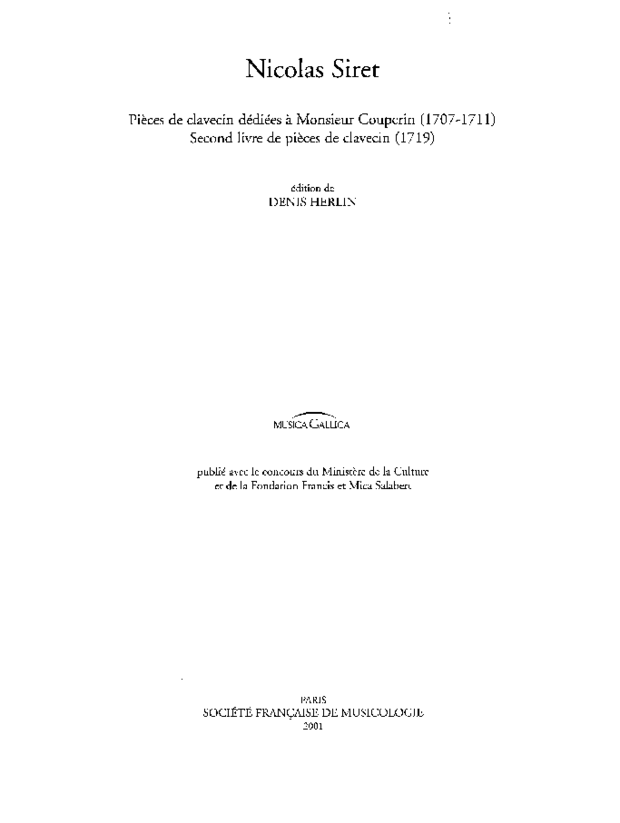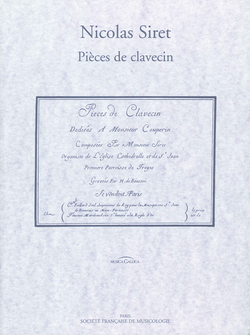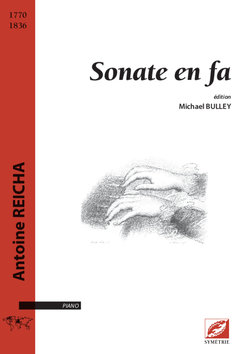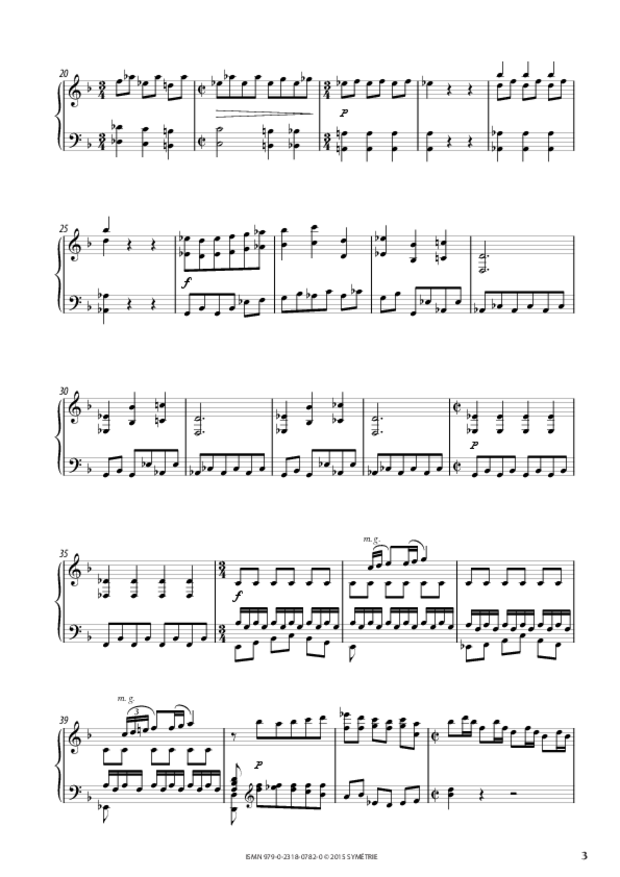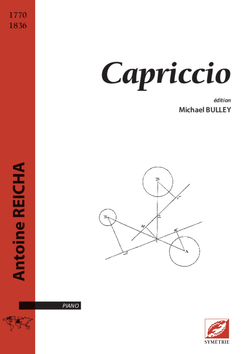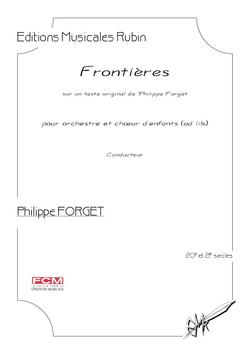With Orfeo ed Euridice, Gluck stood against more than a century and a half of Italian tradition and became the unavoidable figure of the history of opera. In collaboration with Calzabigi, he refused the technical feat of the Italian opera virtuoso arias and advocated simplicity and “the direct and sincere expression of feelings”. Nonetheless the 1762 version is less dense than the 1774 Orphée et Eurydice, written with Pierre-Louis Moline in order to adapt Calzabigi’s libretto to the French language: Gluck changed the hero’s vocal part and cast it to a tenor instead of a castrato; he added to the original version a few vocal and orchestral pieces.
The C major overture survived the composer’s changes. Its lively and joyful character differs from the darker atmosphere of the tragedy it introduces. It is built according to the mono-thematic sonata form, characterized by its three-part plan: an exposition introduces two themes, one in the main key, the other one at the 5th; then a development and finally a re-exposition with again the two main themes of the first part in the original key.
The 1774 score benefits from Gluck’s modifications, introducing original pieces and re-using ones from previous scores, especially in act 2. With its two antithetical scenes of the Underworld and then the Elysium, this act juxtaposes contrasted landscapes as well as emotions. The “Furies” aria, originally composed for the ballet Don Juan, concludes the first scene by a Dantesque dance of the evil creatures, before they disappear into the abyss.
Gluck once again was revolutionary by offering a frightening image of the Underworld through the use of frantic rhythms for the strings and consecutive dissonant chords intensified by the brass section. This “Furies aria” is all the more impressive for its contrast with the following piece, modified too for the French version. The “Dance of the blessed spirits” is a perfect introduction to the second scene, the Elysium. With a remarkable minuet in binary form with repeats, already present in the Orfeo ed Euridice, Gluck depicts an idyllic, peaceful and colourful landscape. The composer nonetheless added to the initial version a trio in D minor with the solo flute melody and “the fluent accompaniment of violins similar to the murmuring streams”.
Orphée et Eurydice was highly successful with the French public to the point of convincing the most hostile elements to French lyric tragedy. Thus, Jean-Jacques Rousseau, an ardent defender of Italian opera, fell under the charm of this piece and supposedly said: “If one can feel so great a pleasure during two hours, then I can conceive that life may be worth something.”
Manon Bertaux
under the scientific guidance of
Jean-Christophe Branger
(department of Music and Musicology
of UFR ALL – Metz
of university of Lorraine)
(translation Philippe Do)
The Overture is also separately available.
Audio excerpts
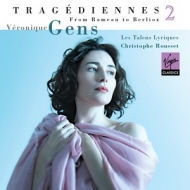
Ouverture
Air de Furies
Ballet des Ombres heureuses
Nomenclature
2 flûtes, 2 hautbois, 2 bassons, 2 cors, 2 trompettes, 3 trombones, timbales, cordes
All available forms
-
sheet music pour orchestre
-
matériel (2.2.0.2. – 2.2.3.0. – timb - 10.8.6.5.4)
2 flûtes, 2 hautbois, 2 bassons, 2 cors, 2 trompettes, 3 trombones, timbales, cordes · 17 min · 21 x 29.7 cm · stapled booklet · ISMN 979-0-2318-0522-2
Publisher : Symétrie
Price : €350.00
-
conducteur de lecture au format A4
76 pages · ISMN 979-0-2318-0521-5
Publisher : Symétrie
Price : €38.00
-
conducteur de direction au format A3
29.7 x 42 cm · spiral booklet · 76 pages · ISMN 979-0-2318-0860-5
Publisher : Symétrie
Price : €63.00
-
